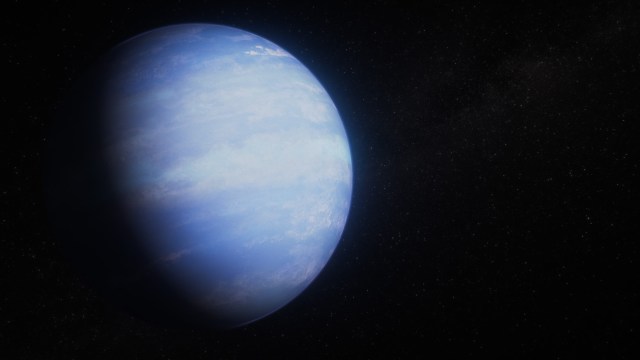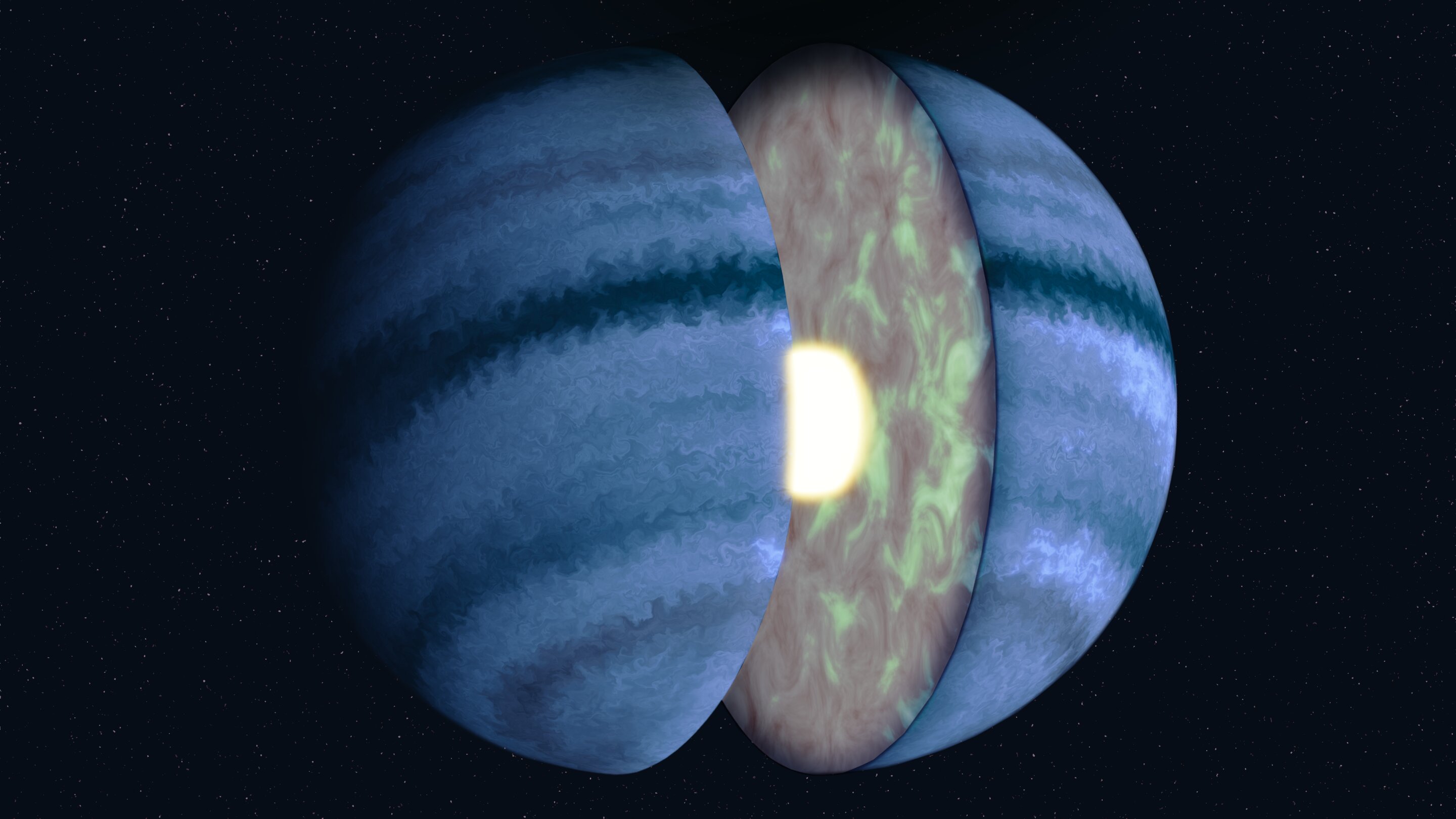
In a groundbreaking discovery, scientists have unraveled the mystery behind the puffy nature of exoplanet WASP-107b using data from NASA's James Webb Space Telescope (JWST) and Hubble Space Telescope. Previously, WASP-107b was known to be a Jupiter-sized world with only a tenth of Jupiter's mass, making it an enigma in the realm of exoplanets.
The latest findings reveal that the scarcity of methane (CH4) in WASP-107b's atmosphere indicates a significantly hotter interior and a more massive core than previously assumed. This revelation sheds new light on the planet's composition and internal dynamics, offering valuable insights into exoplanet evolution.
The high temperature is believed to be caused by tidal heating due to the planet's slightly elliptical orbit around its host star. This phenomenon has been identified as a key factor in explaining WASP-107b's inflated state, without requiring extreme formation theories.
Advanced spectroscopic techniques have also detected carbon-, oxygen-, nitrogen- and sulfur-bearing molecules in WASP-107b's atmosphere for the first time in a transiting exoplanet. These discoveries further underscore the scientific significance of this Neptune-like exoplanet, which has been identified as a pivotal subject for the study of low-density exoplanets.
The research teams involved in this discovery include scientists from Arizona State University (ASU), NASA's Ames Research Center, Space Telescope Science Institute, University of Wisconsin-Madison, University of California, Santa Cruz, National Astronomical Observatory of Japan, University of Arizona, University of Michigan, Universitè Côte d'Azur and Universitè Paris Cité. Their collaborative efforts have been instrumental in advancing our understanding of exoplanets and the universe's complexities.



